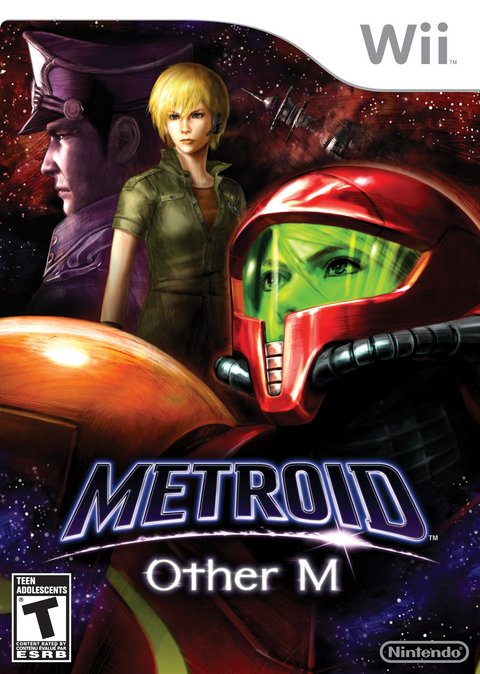time crisis
Metroid: Other M
 Metroid has never been one of Nintendo's big money-makers, but that
hasn't stopped the franchise from garnering some very devoted fans. It's
not uncommon to see Super Metroid or Metroid Prime sitting atop the
list of favorites from hardcore gamers, and for good reason. Super
Metroid provided a sprawling, interlacing realm of disquieting alien
dangers and secrets, and Metroid Prime translated that experience into
3D with incredible audio-visual design and some interesting
world-building mechanics built right into the gameplay.
Metroid has never been one of Nintendo's big money-makers, but that
hasn't stopped the franchise from garnering some very devoted fans. It's
not uncommon to see Super Metroid or Metroid Prime sitting atop the
list of favorites from hardcore gamers, and for good reason. Super
Metroid provided a sprawling, interlacing realm of disquieting alien
dangers and secrets, and Metroid Prime translated that experience into
3D with incredible audio-visual design and some interesting
world-building mechanics built right into the gameplay.
Though
there's certainly a base blueprint from these two trailblazers, no two
Metroid games feel exactly alike. Even so, I've found something to love
in each and every one of them (except for the antiquated debut NES game,
which admittedly I just played for the first time days before Other M's
release). The tension of being hunted in Fusion, the sudden shifts in
power at Zero Mission's final hour, the thousands of text logs scattered
through the Prime series...as far as I'm concerned, it's all great
stuff.
It's only natural that the formula would see some alterations and evolutions over a quarter of a century, and Metroid: Other M is the latest and most radical experiment to come out of Nintendo's R&D labs in quite some time. Featuring third-person 3D action gameplay and a heavy emphasis on cinematic storytelling, the curiously-subtitled Other M certainly feels very different from its predecessors. It seems to take after Metroid Fusion the most, with a bit of Metroid Prime in there as well, but Other M's additions and adaptations certainly make it feel distinct, for better or worse.
